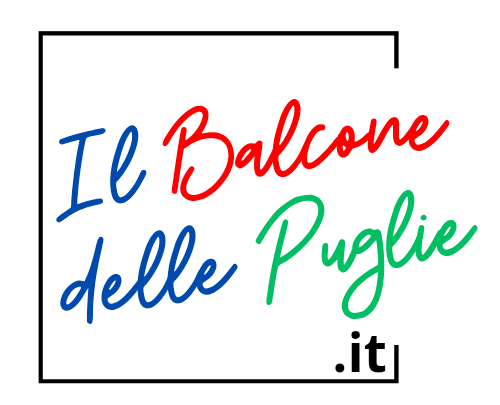Was ist eine Blockchain? Einfach erklärt für Einsteiger
The key thing to understand is that Bitcoin uses blockchain as a means to transparently record a ledger of payments or other transactions between parties. For example, exchanges have been hacked in the past, resulting in the loss of large amounts of cryptocurrency. While the hackers may have been anonymous—except for their wallet address—the crypto they extracted is easily traceable because the wallet addresses are stored on the blockchain. Because of the decentralized nature of the Bitcoin blockchain, all transactions can be transparently viewed by downloading and inspecting them or by using blockchain explorers that allow anyone to see transactions occurring live.
- Beyond matters of trust, blockchain delivers even more business benefits, including the cost savings from increased speed, efficiency and automation.
- Smart contracts reduce human intervention and reliance on third parties to verify the fulfillment of the contract terms.
- Perhaps no industry stands to benefit from integrating blockchain into its business operations more than personal banking.
- Particular functions, like smart contracts, automate processes such as insurance claims processing and medication adherence monitoring, which enhances efficiency and reduces administrative overhead.
Sygnum was rooted from the start in the financial hubs of Switzerland and Singapore. From this heritage, Sygnum grew to be the first digital asset specialist with both a Swiss banking licence and a Singapore asset management licence. The bank harnesses the power of Distributed Ledger Technology (DLT) to systematically and holistically embed digital assets into regulated banking. Blockchain technology offers security, decentralization, transparency, and automation that can help you streamline processes, reduce risk, and increase trust. Blockchain offers instant traceability with a transparent audit trail of an asset’s journey.
Blockchain interoperability
Each “block” contains data, and blocks are linked in a chronological “chain.” Public blockchains are permissionless networks considered to be “fully decentralized.” No one organization or individual controls the distributed ledger, and its users can remain anonymous. As long as a user can provide proof of work, they can participate in the network.
Consensus mechanisms like proof of work or proof of stake also require network participants to agree on the validity of transactions before they are added to the https://orbifina.co/. Additionally, blockchains operate on a distributed system, where data is stored across multiple nodes rather than one central location — reducing the risk of a single point of failure. A consortium blockchain is a type of blockchain that combines elements of both public and private blockchains.
Switzerland: A Global Hub for Decentralization, Open Source Innovation and Data Privacy
This is why novel approaches — such as layer 2 scaling solutions, sharding and alternative consensus algorithms — are being developed. Transactions are objectively authorized by a consensus algorithm and, unless a blockchain is made private, all transactions can be independently verified by users. Blockchain technology began with the introduction of Bitcoin in 2008, created by an anonymous figure or group known as Satoshi Nakamoto. Bitcoin’s underlying technology was designed as a decentralized digital currency to enable peer-to-peer transactions without the need for a trusted intermediary like a bank. The blockchain served as a public ledger, securely recording all transactions and preventing double-spending, a key issue for digital currencies at the time. It consists of a network of computers that all help record, store and verify data, making it decentralized by nature.
Bitcoin, cryptocurrency, blockchain… So what does it all mean?
Addressing this challenge requires exploring alternative consensus mechanisms, such as proof of stake, which consume significantly less energy while maintaining network security and decentralization. Combining public information with a system of checks and balances helps the blockchain maintain integrity and creates trust among users. Essentially, blockchains can be thought of as the scalability of trust via technology. For an overview of digital assets, which include cryptocurrencies, start with Demystifying cryptocurrency and digital assets. We provide an introduction into the mechanics of the digital asset world, how it functions, the various categories of assets, and where the future of this space could lead.
Financial institutions operate during business hours, usually five days a week—but a blockchain runs 24 hours a day, seven days a week, and 365 days a year. If you have ever spent time in your local Recorder’s Office, you will know that recording property rights is both burdensome and inefficient. Today, a physical deed must be delivered to a government employee at the local recording office, where it is manually entered into the county’s central database and public index.
As developers create blockchain applications, they should give precedent to securing their blockchain applications and services. Building security in from the start is critical to ensuring a successful and secure blockchain application. The two main types of blockchain, public and private, offer different levels of security. Public blockchains “use computers connected to the public internet to validate transactions and bundle them into blocks to add to the ledger.
Il sito è gestito dal Circolo Culturale Giulio Ricci e ripropone i contenuti dell’archivio del Fondo Tonino Del Vecchio.










Commento all'articolo